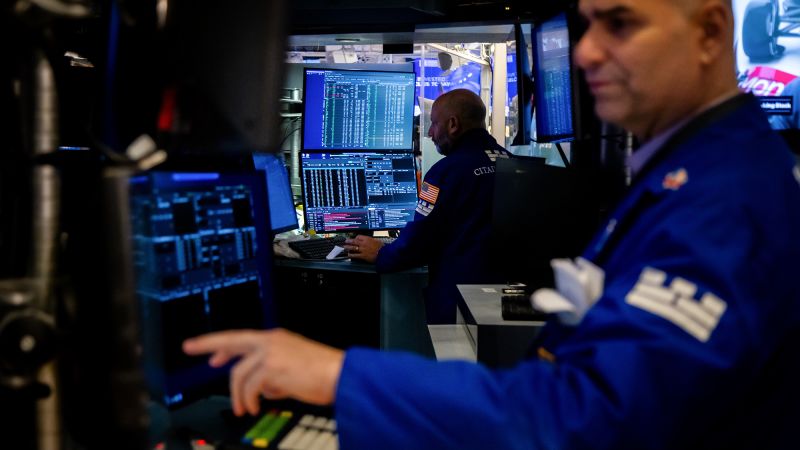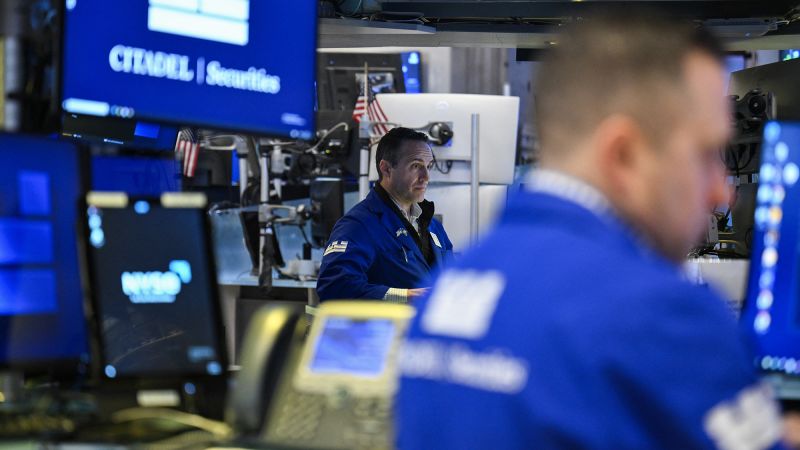Global markets are experiencing significant turbulence, largely attributed to President Donald Trump’s assertive trade policies. While he has promised a "new golden age of America," the long-standing attractiveness of investing in the U.S. is showing signs of decline. Analysts argue that Trump’s tariffs have not only marred the image of U.S. exceptionalism but have also led to a re-evaluation of investment strategies among global investors.
Impact of Tariffs on U.S. Investment Appeal
The aggressive trade measures implemented by the Trump administration have clouded economic forecasts and disrupted critical business decisions. As a result, many corporate leaders are revising their guidance, and major Wall Street banks are adjusting their year-end targets for the S&P 500 downward.
- 73% of investors surveyed by Bank of America believe that U.S. exceptionalism has reached its peak.
- This marks the highest number of global investors intending to reduce their U.S. stock holdings since data collection began in 2001.
Investor Sentiment Shifts
Concerns over the implications of U.S. trade policies on economic growth have caused investors to reconsider their allocations toward American assets. Arun Sai, a senior strategist at Pictet Asset Management, noted, “Even if we see a gradual easing of tensions, the damage has already been done. There’s no reversing the situation now.”
The S&P 500, traditionally a benchmark for global investments, has seen a 10% decline this year and is poised for its worst month since 2022. This downturn reflects a significant change from the previous year, when the index surged by 23%.
External Factors Influencing Investment Decisions
Several events have contributed to the shift in focus from American stocks to international markets. Alessio de Longis, a portfolio manager at Invesco, identified three key catalysts:
- The emergence of DeepSeek, a new AI model that challenges U.S. dominance in technology.
- A change in U.S. foreign policy, particularly regarding support for Ukraine, which has led to increased defense spending in Europe.
- Unpredictable tariff strategies that have left investors wary.
De Longis mentioned, “The inconsistent communication regarding tariffs served as a significant factor leading to U.S. underperformance.”
Changing Landscape for Stock Market Investments
Recent data from the American Association of Individual Investors revealed that more than 50% of respondents have maintained a bearish outlook on the U.S. stock market for the past eight weeks. Jason Blackwell, chief investment strategist at Focus Partners Wealth, indicated a notable shift in client interest, stating, “It’s been about 15 years since we’ve seen clients eager to increase their international stock allocations.”
The introduction of DeepSeek and the increasing prospect of growth in Europe have captured investors’ attention. Blackwell elaborated, “The combination of tariffs and a trend toward de-globalization has prompted many to reassess their international investments.”
Economic Indicators and Market Trends
Heading into 2023, the U.S. accounted for approximately 25% of global GDP and 65% of the total stock market value. Ajay Rajadhyaksha, an analyst at Barclays, remarked that the U.S. has experienced nearly two decades of continuous inflows into U.S. financial assets, suggesting that a correction might be overdue.
- Gold has surged nearly 27% this year, becoming the most sought-after asset among investors, outpacing the tech stocks that dominated previous years.
- The U.S. dollar has weakened, signaling a potential decline in investor confidence.
Conclusion: Rethinking Investment Strategies
With JP Morgan predicting a 60% chance of a global recession this year, investors are increasingly looking beyond U.S. markets to diversify their portfolios. As Sai noted, “European investors are now reconsidering their strategic allocations to the U.S. The S&P 500 is no longer the sole focus for investors.”
In a rapidly changing economic landscape, it’s clear that the allure of U.S. investments may not be as strong as it once was, prompting a broader reassessment of global asset allocations.










